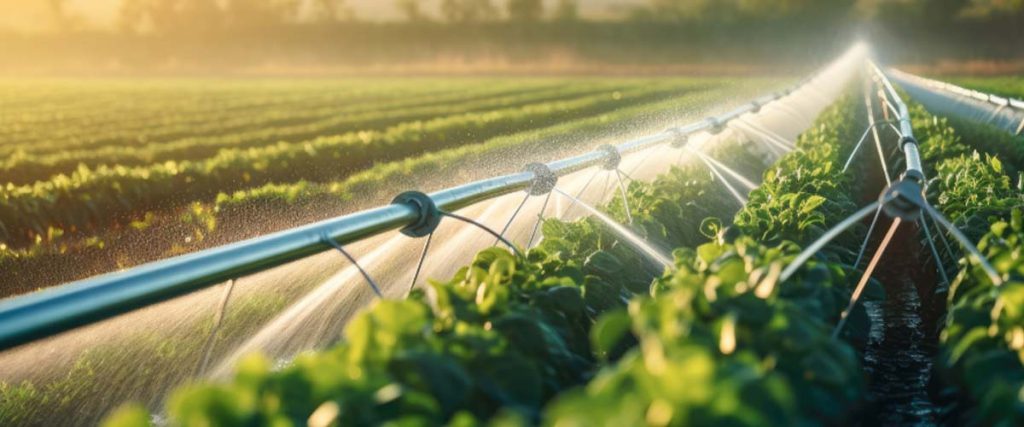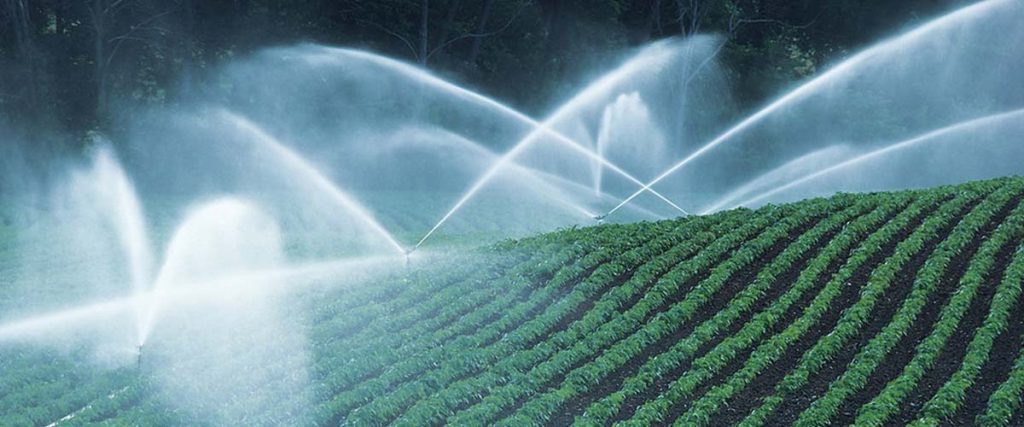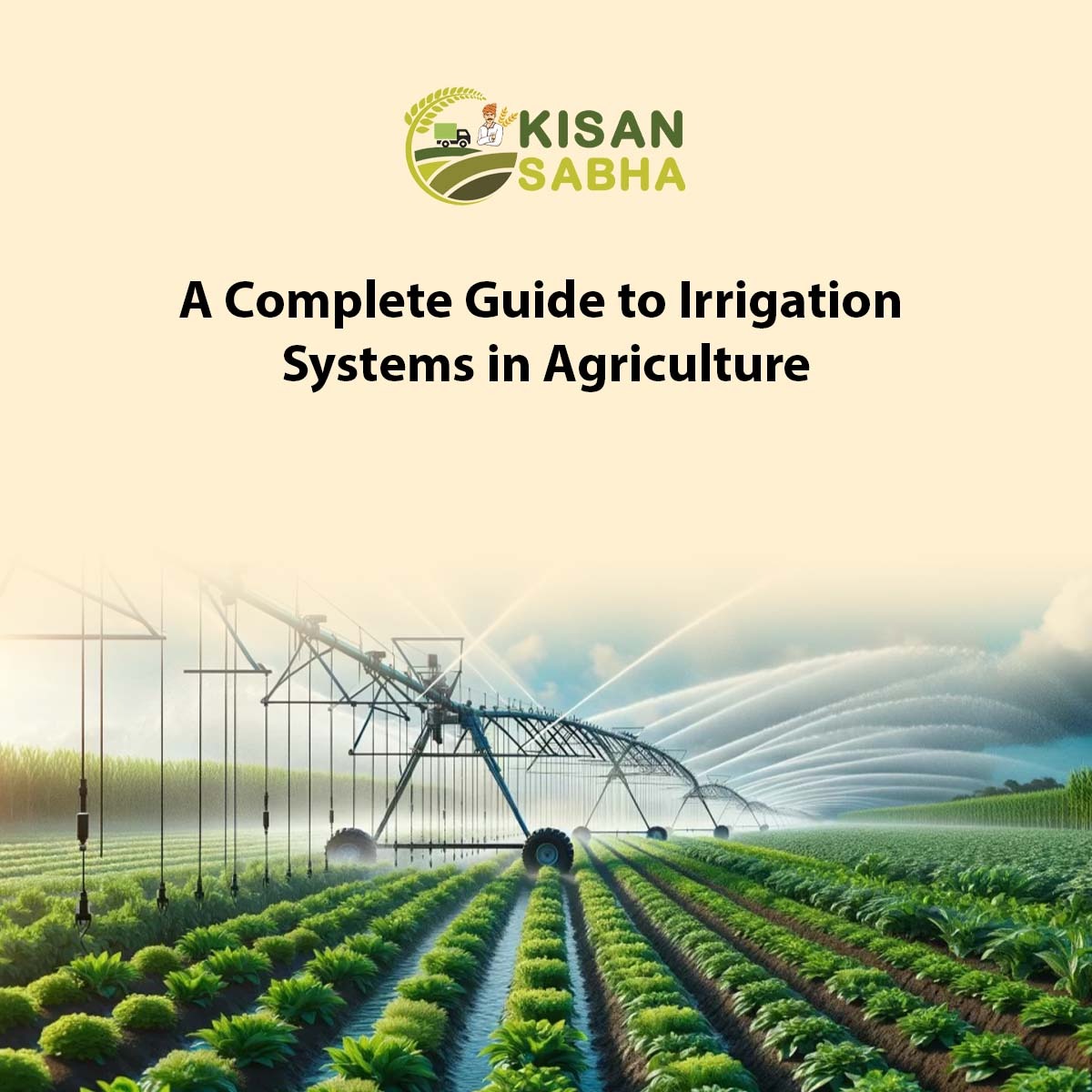India: As an agricultural country with vast farmlands, India relies heavily on irrigation to maintain its extensive farming operations. Along with this country’s expertise, several irrigation systems have been created and utilized to meet all of its farming demands. The following article attempts to provide insight into irrigation methods in Indian farms, focussing on traditional forms of irrigation as well as new age-efficient methods that are also eco-friendly and play an important role in fostering the country’s agricultural sector.
What is Irrigation?
Regular watering crops or plants is a powerful defense against weather fluctuations. During times of extreme heat, droughts, and other water scarcity, it provides a supply of water for the parched vegetation. In this way, irrigation neutralizes the effects of natural variations on crops and their health, allowing farming to continue even in the face of unfavorable weather.

Why Do Farmers Need to Irrigate Their Farms?
According to farmers, irrigation’s real purpose is to provide their plants with the water they need to develop and thrive. They may ensure ideal growth circumstances by using irrigation to satisfy their crops’ water demands at the most beneficial periods. A greater crop yield is produced when water is applied precisely because it encourages root strength, plant development, and effective nutrient absorption. Additionally, by enabling farmers to water crops following the quantity and duration required for a particular crop variety, type of soil, or stage of crop growth, irrigation enables farmers to achieve the highest possible rates.
Traditional Irrigation Systems:
Traditional irrigation techniques based on the availability of natural water supplies have supported Indian agriculture for ages. The most well-known traditional method of water distribution is drip irrigation, which uses less water by delivering water directly and steadily to the plant’s roots. Farmers have embraced this approach as a means of irrigation, and it has been widely employed in locations where water is scarce.
“Canal Irrigation” is the second most common traditional irrigation method in India. This technology, which was brought from ancient times when people lived near rivers like the Indus and Ganges, employs canals to move water over vast agricultural areas. It has helped advance agriculture, which is one of its advantages. However, the experts have been searching for more effective irrigation techniques. This is because of the problem of water loss from evaporation and seepage.
Modern Irrigation Systems:
In India, the use of modern irrigation systems has grown recently. It has been a means of optimizing the use of the limited water supply. Referred known as “Sprinkler Irrigation,” it has found its way into horticultural plantations and high-value commercial crop-growing gardens and fields. In addition to distributing water equally throughout the fields and crops, this way of applying water also uses less water.
Additionally, “Centre Pivot Irrigation” systems have advanced significantly in India, especially in areas with extensive agricultural production. These systems optimize water use while meeting the demands of large farmlands by irrigating crops in a circular pattern using rotating sprinklers installed on movable towers.

Sustainable Irrigation Practices:
The need for sustainable agriculture in India has prompted the use of cutting-edge irrigation techniques. Water conservation and environmental benefits are two advantages of micro-irrigation systems, which incorporate sprinkler and drip technologies.
These technologies now contribute to improved soil health and reduced energy usage. Also, in addition to conserving water, in line with India’s commitment to sustainable agricultural methods, it provides great help
Furthermore, the introduction of “Solar-Powered Irrigation” has completely changed the agricultural environment, especially in remote and impoverished places. Farmers may now get consistent and affordable water delivery by using solar energy to power irrigation pumps. It will reduce their reliance on traditional grid-based electricity and diesel-powered pumps.
Also Read:- Growing Carbon-Rich Soil: A Guide to Increasing Soil Health
Conclusion
The future of irrigation systems on Indian farms will thus depend on the country’s ability to integrate past and future adaptations. It continues to maintain its agricultural heritage while firmly adjusting to growth. India must thus combine innovative, sustainable technology with time-honored methods. To properly manage the water resources it requires within the confines of its current, unstable agricultural regions.
India stands to gain significant momentum in sustainable agriculture by utilizing a well-coordinated and intensive irrigation facility. Improvements, farmer knowledge expansion, and the facilitation and encouragement of acquiring necessary technologies are also a few things to consider. A synthesis of harmony between social, cultural, and indigenous knowledge systems, innovative technologies, and responsible and sustainable use of the environment could quickly create an opportunity for the growth of a prosperous and resilient agriculture sector.




